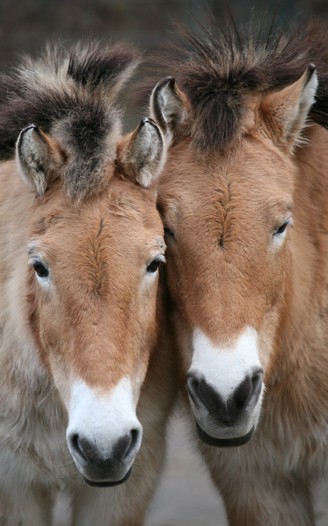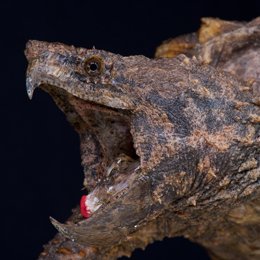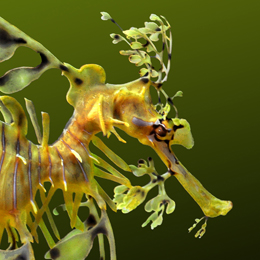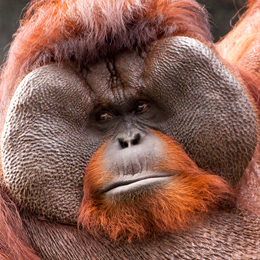Description
The przewalski’s horse gets its name from the Russian explorer Nikolai Przhevalsky. Nikolai Przhevalsky was the first to describe the przewalski’s horse as he found a skeleton of the horse during his expedition in 1881. The name Przewalski is of polish origin and is pronounced as she-val-skee. The horse is also known as the Dzungarian horse or Asiatic wild horse. It is famous as the takhi horse amongst locals of Mongolia.
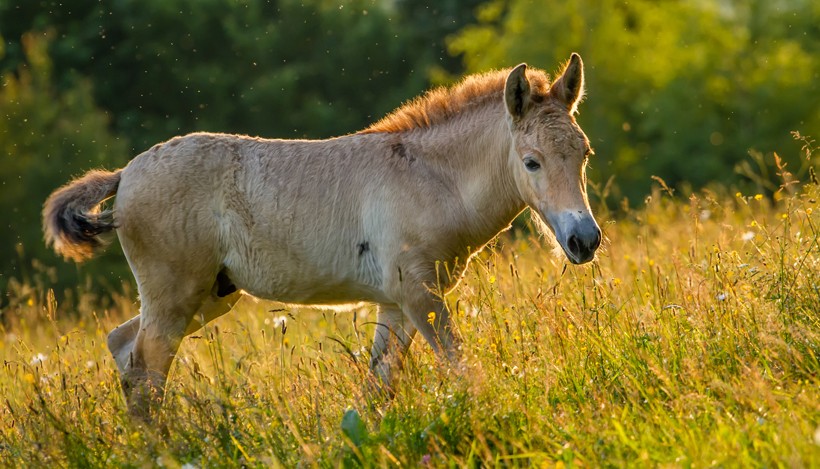
Domestic and przewalski’s horses were splitted from their ancestors only 45,000 years ago.
?
Image credits: David Dirga/Shutterstock
The przewalski's horse is smaller compared to domestic horses, with a height of 1.2 – 1.4 meters (4- 4.5 feet) at the shoulder and approximately 2.1 meters (7 feet) of body length. Male przewalski’s horses are taller and have sturdier bodies; they are also heavier compared to females of the same age. Their weight ranges from 250 to 350 kilograms. These horses have beige to brown colored coat, with dark brown or black legs and a white muzzle. Their tail can be up to 3 feet in length. Unlike domestic horses, the przewalski’s horse has a short and spiky mane, with a dark brownish black shade.
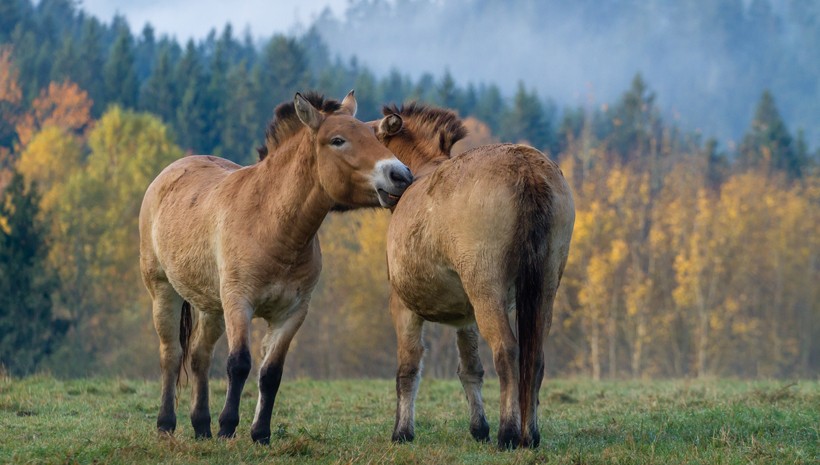
Przewalski's horses have a beige to brown colored coat, with dark brown or black legs and a white muzzle.
?
Image credits: David Dirga/Shutterstock
Przewalski’s horses can live for up to 20 to 25 years under suitable circumstances. The eyesight is good, but their field of view is affected as they bend down to graze. As a result, these horses have developed acute senses of smell and hearing, in order to spot predators from a distance. Equus ferus przewalskii has sharp hooves and a strong kick that can be deadly for any predator. Normally, the przewalski’s horse makes use of its sharp hooves to dig in the ground in search for water.
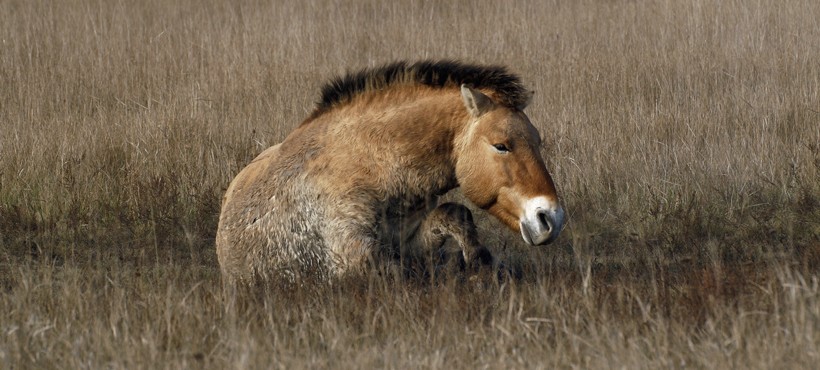
Przewalski's horses use their sharp hooves to dig in the ground, in order to find water in dry climates.
?
Image credits: Anita Huszti/Shutterstock
There are no recognized subspecies of the przewalski’s horses, but these horses can be interbred with domestic horses to form hybrids. Though the horse is currently recognized as a subspecies of the wild horse, the taxonomic status of przewalski’s horses is still quite undetermined. Researchers debate that this horse can be a full species Equus przewalskii or just a sub-population of the domestic horse Equus ferus caballus.
Habitat & Predators
The przewalski’s horses’ habitat consists of steppe vegetation, shrubland and grassland. Before their extinction in the wild, these horses were found roaming throughout the Eurasian steppe belt. When the population numbers were higher they inhabited even mountainous terrains at heights of 1400-1500 meters above sea level.
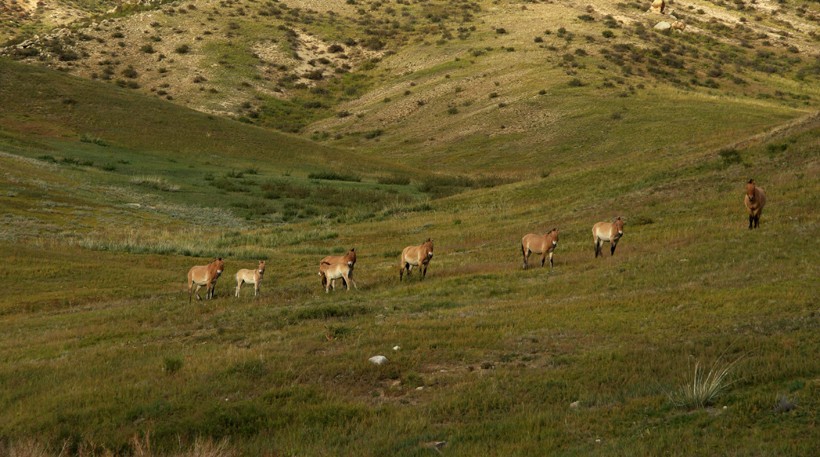
There are a few hundred przewalski's horses left surviving on the wild grasslands of Mongolia and China.
?
Image credits: Pascal RATEAU/Shutterstock
Przewalski’s horses prefer to spend the day grazing on open plains and like to munch on grasses and bushes. When their population was higher, these horses were frequently predated by wolves and snow leopards. However, today most wild przewalski’s horses are kept in safer habitats where they face a minor threat of predation.
Behavior and Communication
The przewalski’s horses are diurnal and social animals that live in small herds consisting of 10-20 members. There are two types of herds; harems and bachelor herds. Harems consist of 10-15 mares, their kids and a dominant stallion. The juvenile males are driven off from the harem once they reach sexual maturity. Such males move to bachelor herds and stay there till they own a harem after challenging a harem stallion.
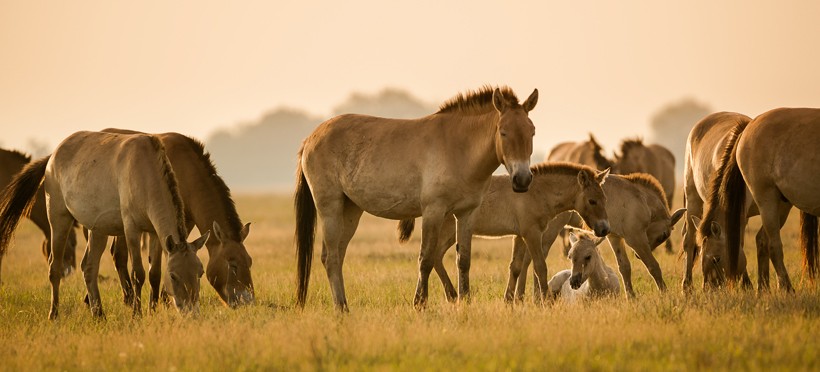
Przewalski's Horses live in small herds consisting of 10-20 members
?
Image credits: hofhauser/Shutterstock
The lead male of the herd is constantly alert and can be seen patrolling the territory often. His chores include mating with females in oestrus, defending the territory against other males and fending off predators to keep the young ones safe. Harems display a high level of social interaction between the members. The horses can be seen grooming often towards each other and stay close together when feeding. Bachelor groups, on the other hand, are quite irregular; males move at will and feed where they like to. Only a minimal level of grooming is observed in bachelor herds.
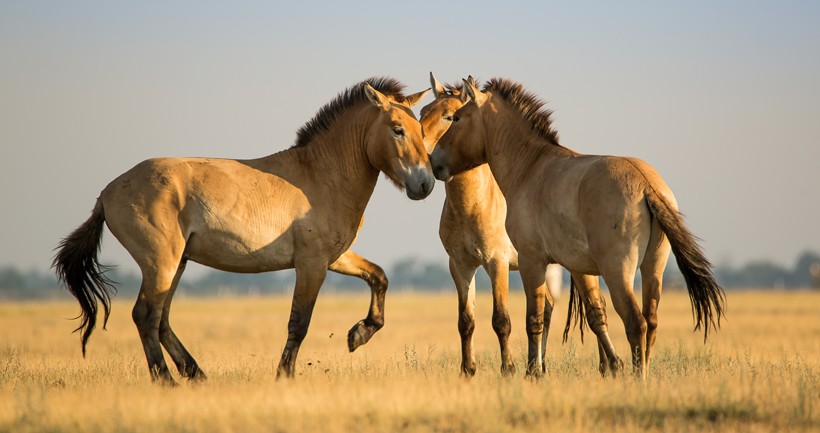
Przewalski's horses are highly social and can often be seen grooming towards each other
?
Image credits: hofhauser/Shutterstock
Just like their cousins, the domestic horses, przewalski’s horses communicate with group members with the help of neighing sounds. These neighs are used to express fear, submission or frustration; it also works as an alarm call to alert the herd about stalking predators. Stallions produce also a grunting sound and a squealing sound during courtship. Just like other horses, the stallions mark their territories by making stud piles out of feaces. Based on the social structure and behavior of przewalski’s horses, researchers conclude that this subspecies of the wild horse is moderately intelligent and very well capable of surviving in the wild.
Reproduction and Lifecycle
The Przewalski’s wild horse attains sexual maturity after 2 years. Young females may move out of the harem to join a different one after reaching sexual maturity while the males are driven off by the lead stallion in order to maintain his mating rights in the harem. Mating occurs during April and May. Most foals are born in April, May and June, after a gestation period of approximately 320-342 days or 11 months.
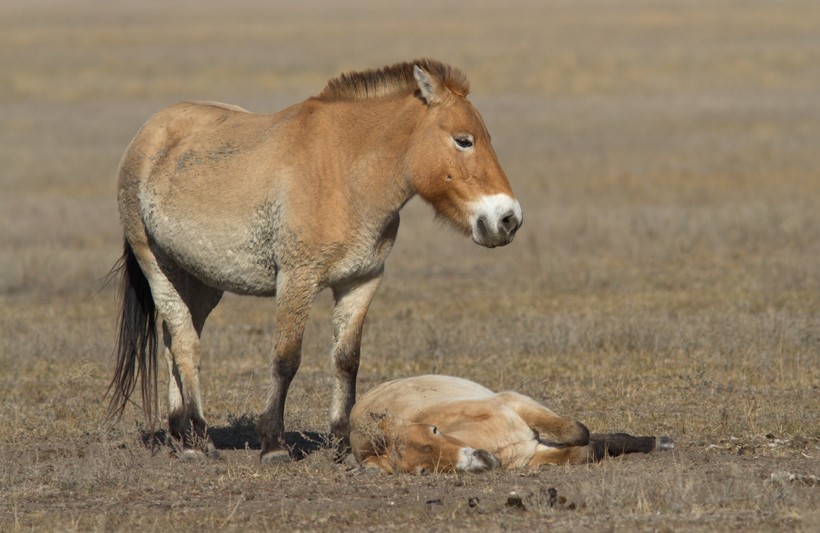
The mare przewalski's horse usually gives birth to a single foal
?
Image credits: Dmytro Pylypenko/Shutterstock
Females usually give birth to a single foal. The foal is capable of standing up almost immediately after birth and can be seen following the mother in just about an hour or so. The newborn feeds on mother’s milk only for 6-8 months. As the foal is quite small in size and needs protection for the first few months, the mother becomes extra vigilant and aggressive during this period.
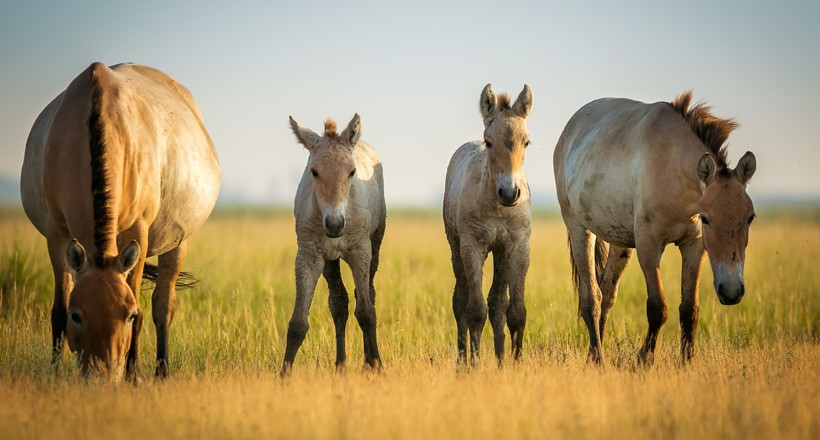
Members of the herd protect the foals from predators.
?
Image credits: hofhauser/Shutterstock
Members of the herd also act defensive and try to protect the young ones from predators. Despite this support from the herd, the survival rate of the foals is rather low. Predators of przewalski’s horses like snow leopards and wolves have a tendency to hunt down the smaller and easier prey of the herd being the young ones as most vulnerable.
Population and Conservation
The population of Equus ferus przewalskii is currently endangered, with approximately only 1500-2000 individuals existing in the world. The numbers were already dwindling when Nikolai Przhevalsky first described this horse in 1881. By 1900, most of the horses were captured by Carl Hagenbeck, who was a famous supplier of wild animals in Europe. During this period most of the wild population of przewalski’s horses ended up in captivity. The wild population in Mongolia was being wiped out in the 1960’s due to hunting, habitat loss and harsh weather. The last wild przewalski’s horse was spotted in 1969 after which the species was declared as “extinct in the wild”.
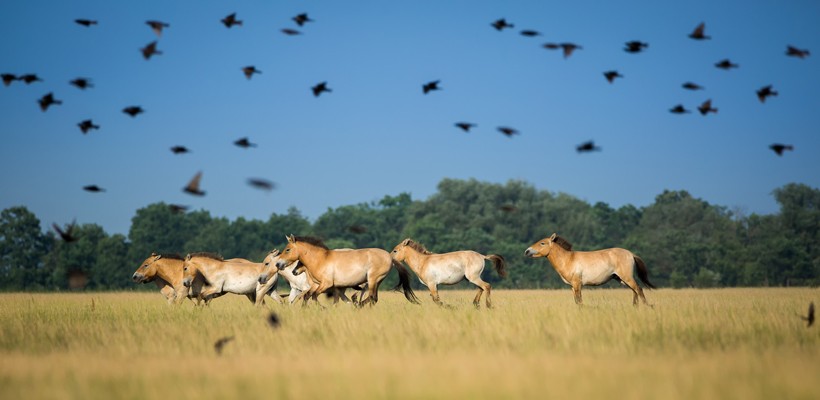
In 1969 the species was declared as “extinct in the wild”, with only 13 individuals left in captivity
?
Image credits: hofhauser/Shutterstock
On the other hand, captive przewalski’s horses were also facing a miserable life. Situations in European nations were highly unstable during the world wars which resulted in many deaths of przewalski’s horses. Many captive horses died of starvation while many more were shot dead during the war. By the time the stability was restored in the late 1950’s, only 13 przewalski’s horses were left alive worldwide.
Przewalski’s Horse Conservation efforts began in the early 1960’s when remaining surviving animals were protected. However, the conservation efforts became serious in 1977 with the establishment of Foundation for the Preservation and Protection of the Przewalski Horse in Rotterdam, the Netherlands. The foundation promoted the exchange of przewalski’s horses from different captive facilities. This led to a remarkable increase in the number of przewalski’s horses in captivity.
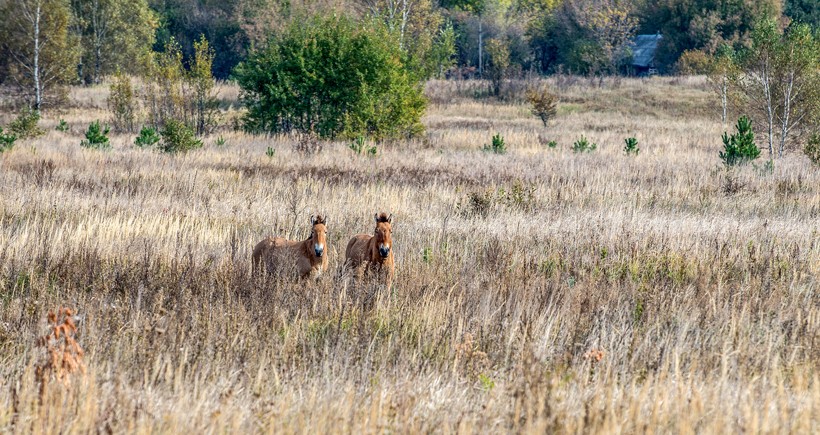
Przewalski's horses, Chernobyl Nuclear Power Plant Zone of Alienation, Ukraine
?
Image credits: Fotokon/Shutterstock
Finally, in 1992 16 horses were introduced back in their natural habitat, the steppes in Mongolia. More horses followed later on. The przewalski’s horse became one of the few species to got a second chance for survival and was claiming its turf after decades of struggle. The wild population reproduced itself satisfactionally, and the IUCN changed the status of przewalski’s from “extinct in the wild” to “endangered” in the 2005 assessment. However, the wild population is still under tremendous threat of extinction due to factors like poaching and loss of habitat.
Evolution
Evolution of horses has been studied with the help of well-preserved fossil records. The first recognized animal of the Equidae family existed in the early Eocene period (56-33,9 million years ago) and was named Hyracotherium. These early horses were very small compared to modern wild horses. The Hyracotherium slowly transformed into Orohippus and then gave rise to Epihippus during the Eocene period. All these early horses were small in size and containing a very small brain volume.
During the Oligocene period (33,9-23 million years ago), the climate changes forced these creatures to transform into larger and sturdier animals. The dry climate of North America also forced them to travel in search of food. As a result, the ancient horses of genus Mesohippus and Miohippus developed larger bodies and equine brains. The Mesohippus, however, did not survive past the mid-Oligocene period. The Miohippus proved to be quite successful and later splitted into three lines of animals. The genera Anchitherium, Hypohippus and Megahippus formed the first line after the splitting. These creatures were quite successful during the early Miocene period (23-5,3 million years ago). The small pygmy horses formed the second line after the splitting but did not survive for long.
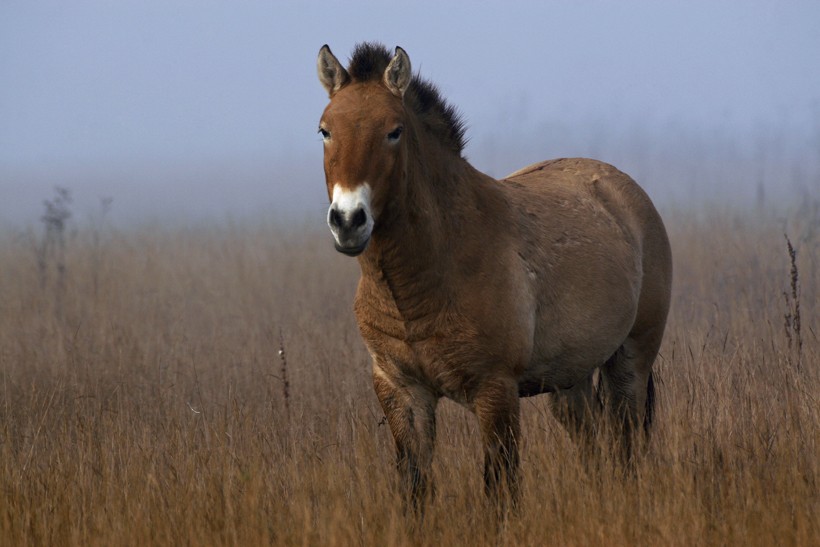
Przewalski's horses develop a thick coat with long hairs to endure the harsh winter months.
?
Image credits: Anita Huszti/Shutterstock
The third line of Miohippus transformed to grazing animals and opened gates for the modern horses to ride the plains of earth. These Miocene horses started the development of tougher teeth and jaws to allow them to chew the grass. They became also efficient runners by developing stronger and muscular legs. The modern horses did not arrive until one million years ago. These horses existed worldwide during the Pleistocene period (2,58 million – 11,700 years ago), but the mass extinctions in the late Pleistocene period wiped off all horses from North and South America. These extinctions were the result of human hunting and drastic climatic changes in North and South America.
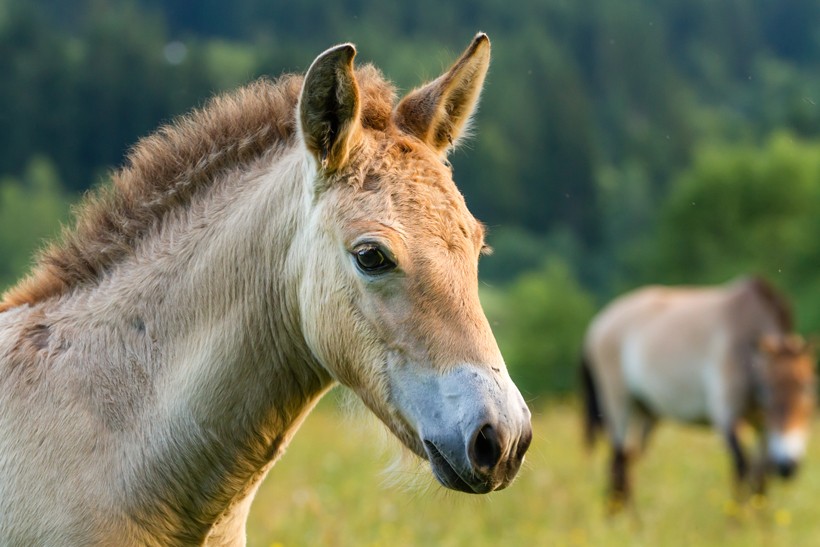
Domestic and przewalski’s horses were splitted from their ancestors only 45,000 years ago.
?
Image credits: David Dirga/Shutterstock
The wild horses of modern times were transformed some 45,000 years ago. Domestic horses, przewalski’s horses, and the tarpan splitted from the Pleistocene horses and can be seen roaming in the plains even today.
Funfacts
- The Przewalski’s wild horse is the only wild horse that couldn’t be domesticated.
- They were driven to extinction with numbers as low as 13 individuals. With help these animals have been recovered to larger numbers.
- For the Przewalski’s horses, wolves prove to be the deadliest of all hunters as they can chase the prey for long.
- The hooves of przewalski’s horses are quite sharp; they use them to dig the ground to find water in dry climates.
- Their coat changes according to weather conditions; they develop thick coat with long hairs to endure the harsh winter months.
- All the 1500 – 2000 przewalski’s horses living today are descendants of the 13 horses captured and protected during the late 1950’s.
- Their taxonomic status is unstable due to the possibilities of przewalski’s horses being a separate species or even a sub-population of domestic horses.
- Domestic and przewalski’s horses were splitted from their ancestors only 45,000 years ago.
